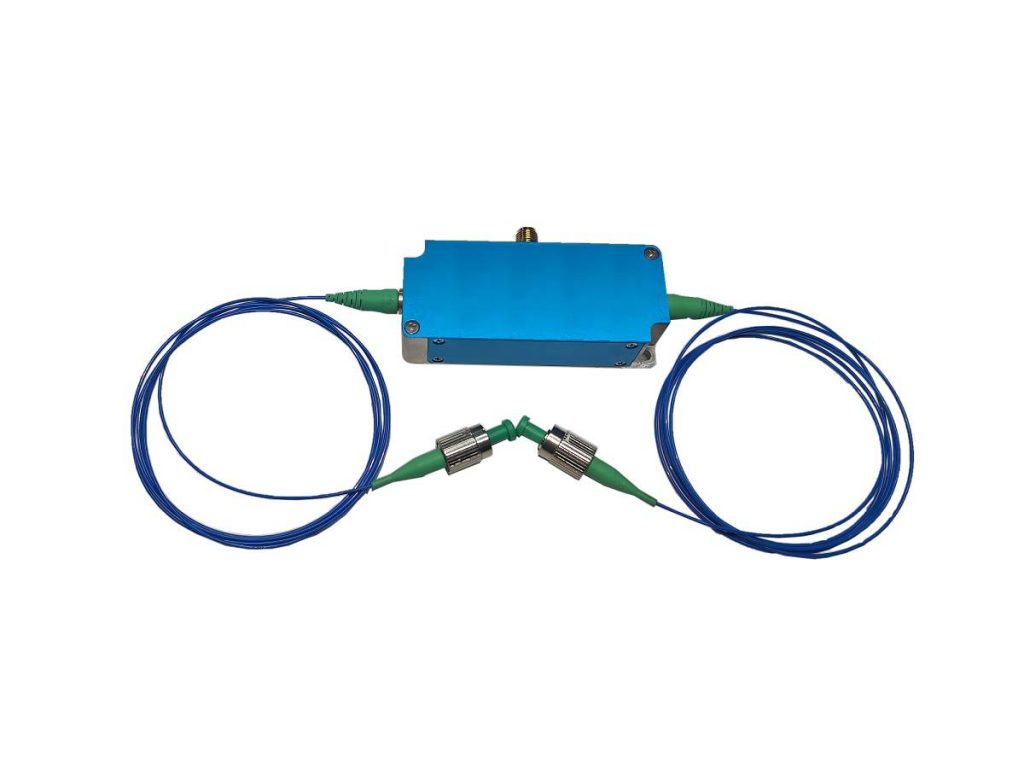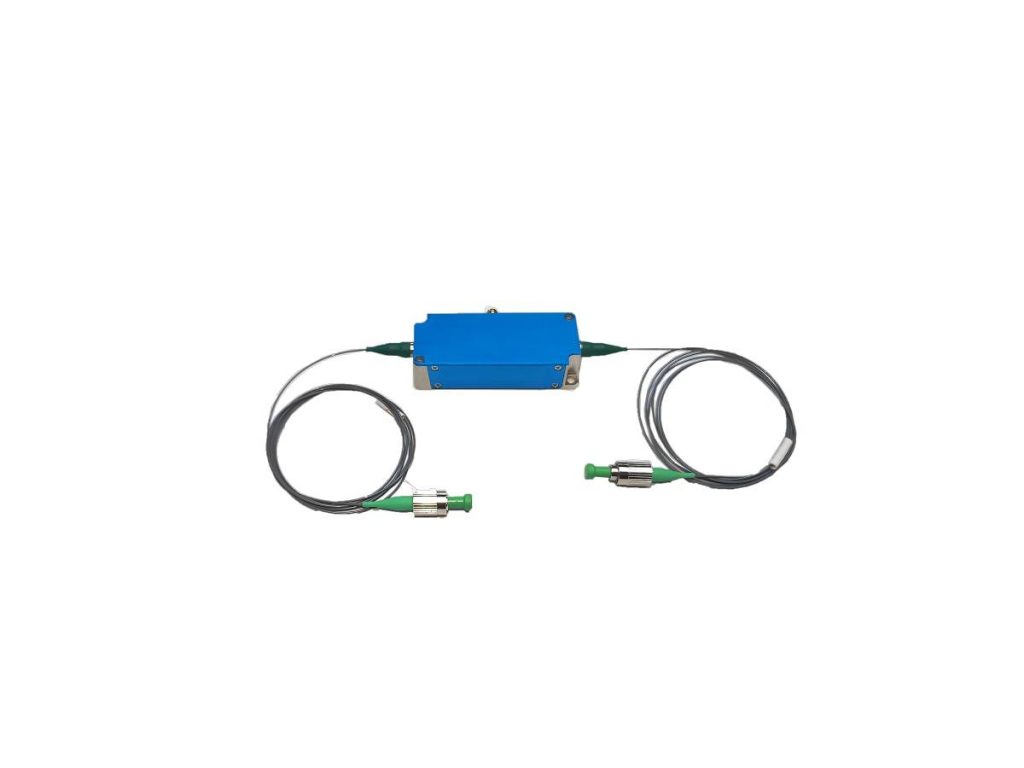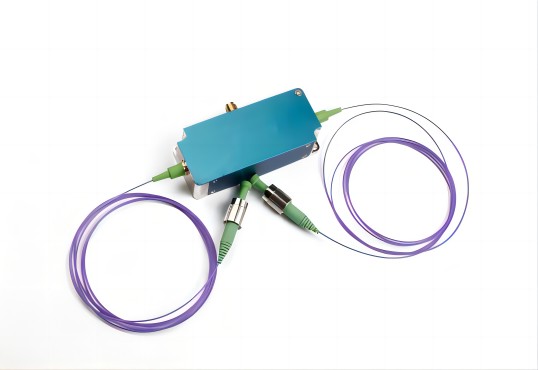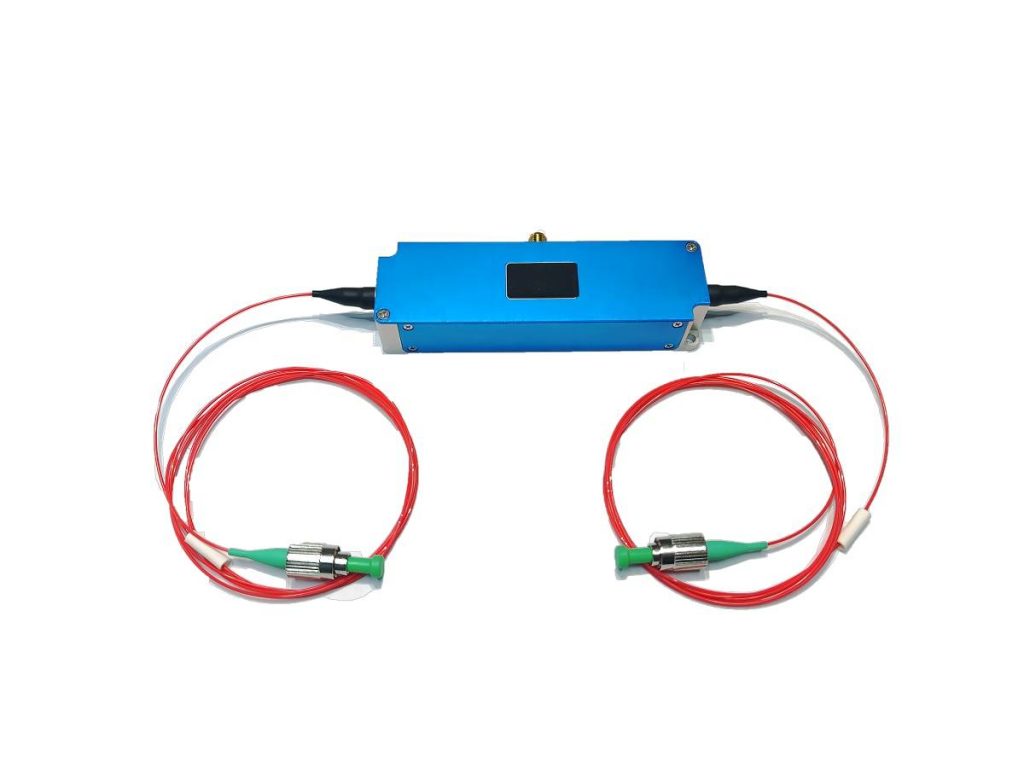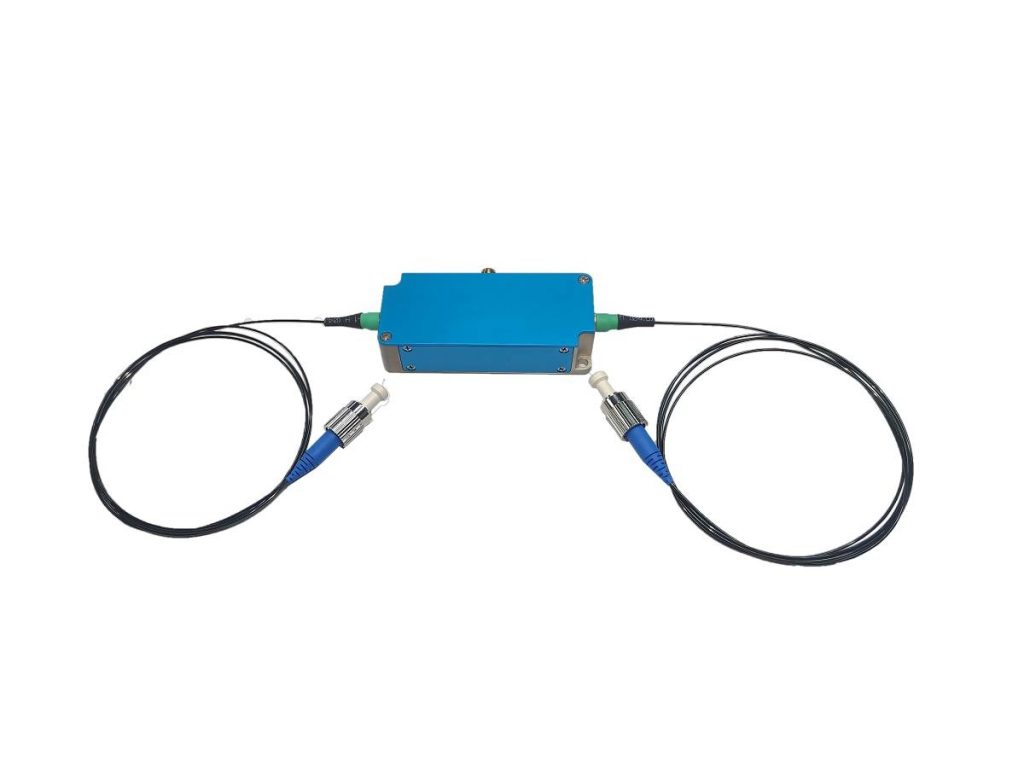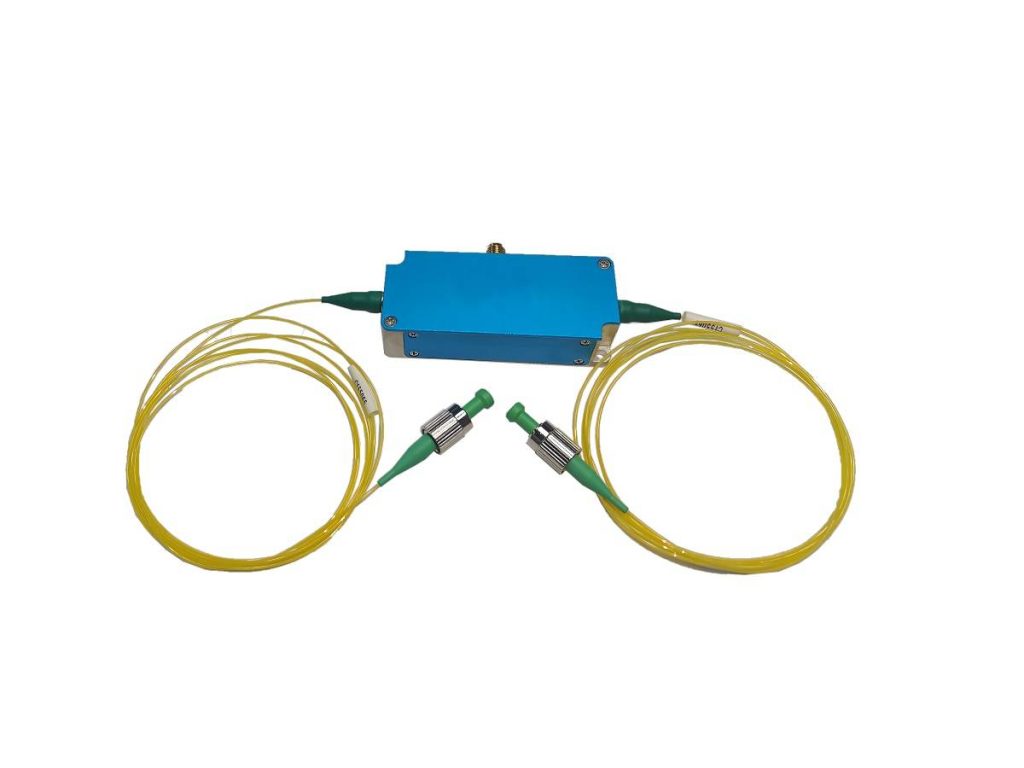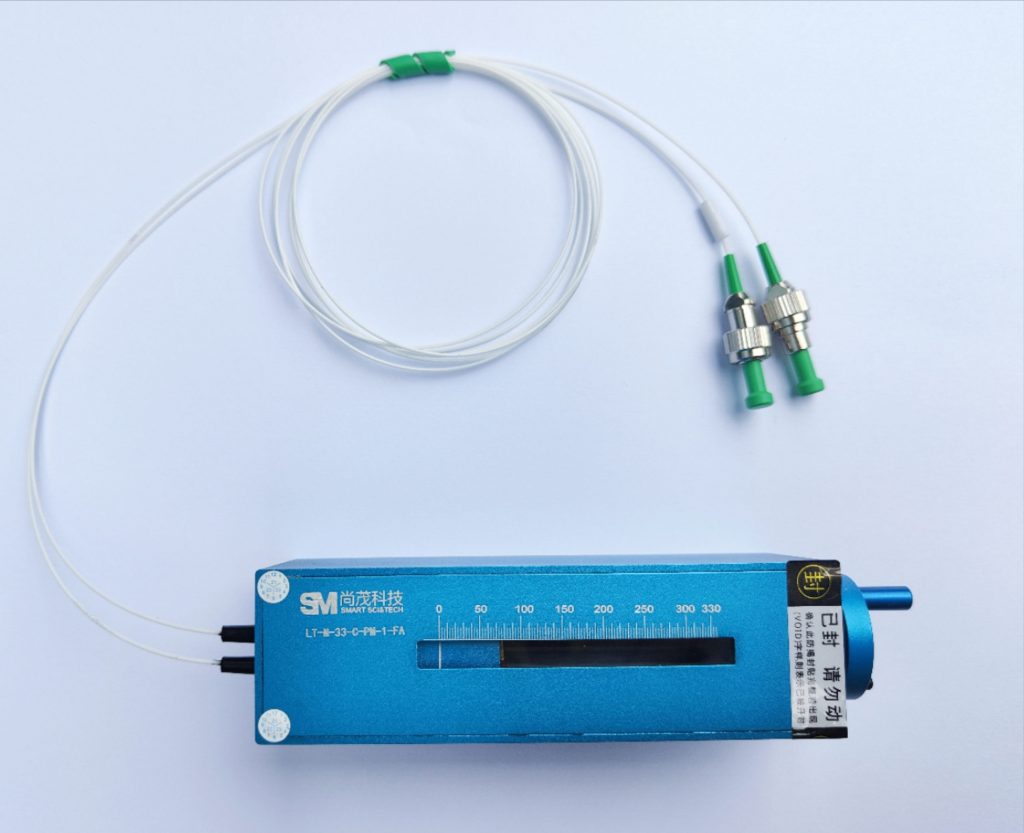Essential Tips for Using Fiber Optic Delay Lines
Fiber optic delay lines play an important role in a wide range of applications, including complex communication systems and high-precision radar technology. They work by introducing a controlled time delay for light pulses that travel through the fiber optic core. However, achieving peak performance and longevity from these components necessitates careful planning. SMART SCI & TECH explores key factors to remember when using fiber optic delay lines, addressing concerns about potential changes in delay time with usage, and outlining effective strategies to safeguard them from environmental influences.
Key Considerations When Using Fiber Optic Delay Lines
Fiber optic delay lines are critical components in many applications, such as optical communication systems, radar systems, and pulse-shaping circuits. To ensure optimal performance and longevity, it is critical to follow these key considerations when using fiber optic delay lines.
Installation and Connection
- Secure Installation: Ensure that the fiber optic delay line is securely fastened to avoid damage caused by vibrations or improper handling.
- Clean Connections: Before connecting the fiber optic delay line, thoroughly clean the fiber connectors to remove dust and debris that may impact signal transmission quality.
- Tight Connections: Inspect fiber connections to ensure they are tight and free of gaps to avoid signal loss.
Environmental Factors
- Suitable Storage: Store fiber optic delay lines in a suitable environment to avoid extreme temperatures, humidity, and mechanical shocks that could impair their performance and lifespan.
- Temperature Compensation: To maintain stable delay performance, ensure the fiber optic delay line operates within the specified temperature range.
Electrical Safety
- Standard Power Source: To prevent electrical faults, use a power source that meets relevant standards and ensures surge and overvoltage protection for the fiber optic delay line.
- Electrical Safety Practices: Follow all electrical safety regulations to avoid potential hazards.
Maintenance and Inspection
- Regular Visual Inspection: Inspect the fiber optic delay line regularly for visible damage or wear.
- Preventative Maintenance: Perform necessary maintenance, such as cleaning fiber connectors and inspecting fiber connections.
Performance Monitoring
- Performance Indicators: Monitor the performance parameters of the fiber optic delay line, such as insertion loss, delay time, and signal quality, to ensure they meet application requirements.
- Diagnostic Tools: If the optical delay line includes diagnostic tools or indicator lights, check them regularly to determine the device’s health status.
Compatibility and Suitability
- System Compatibility: Ensure that the fiber optic delay line is compatible with the rest of the system’s components, such as light sources, detectors, and signal processors.
- Bandwidth and Signal Matching: Choose an optical delay line that has the same bandwidth and signal characteristics as your system.
By following these guidelines, you can effectively use fiber optic delay lines, reduce potential failure risks, and ensure the stability of your system. If you encounter any problems while using fiber optic delay lines, consult the manufacturer’s user manual and technical support resources.
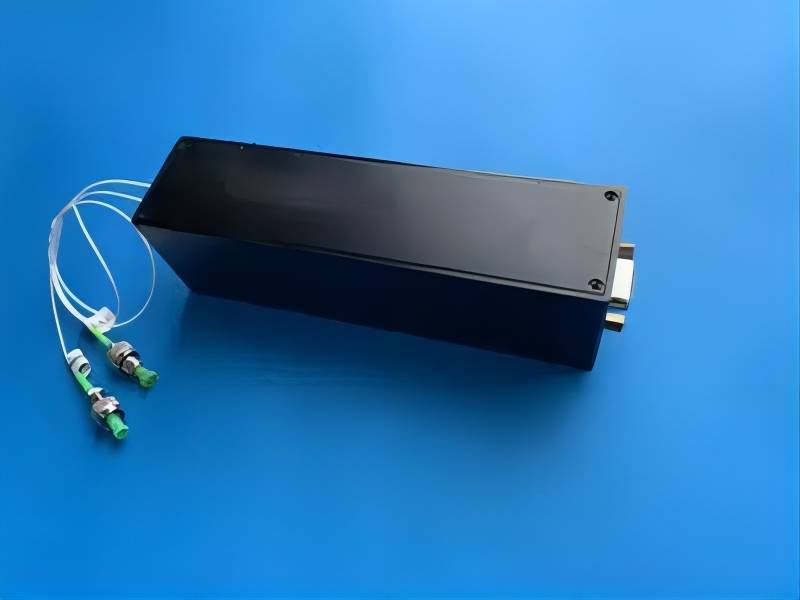
Will the Delay Time of Fiber Optic Delay Lines Change with Usage Time?
No, the delay time of a well-maintained fiber optic delay line should not change significantly over time under normal operating conditions. Here’s why.
- Light travels at a constant speed in a vacuum: The delay in a fiber optic delay line is caused by the difference in light speed between the vacuum and the fiber’s core material. This difference in speed is a fixed property of the material.
- High-quality materials: Fiber optic delay lines are made with high-quality materials to ensure long-term stability. These materials are resistant to degradation, which could affect the refractive index (which influences light speed) and, consequently, the delay time.
However, there are a few potential factors that could cause a slight change in delay time over an extended period:
- Extreme temperature fluctuations: Significant and repeated exposure to extreme temperatures may cause slight variations in the refractive index of the fiber core, resulting in minimal changes in delay time. This is why proper storage and operation within the specified temperature range are critical.
- Physical damage: Severe physical damage to the fiber, such as bends or cracks, may alter the light path and cause minor variations in delay time. Regular inspections and proper handling are critical to avoiding this.
- Aging of components: In rare cases, internal components within the delay line housing (not the fiber itself) may experience age-related degradation over time. This could cause minor changes in delay time. However, such occurrences are uncommon, and these components typically have a long lifespan.
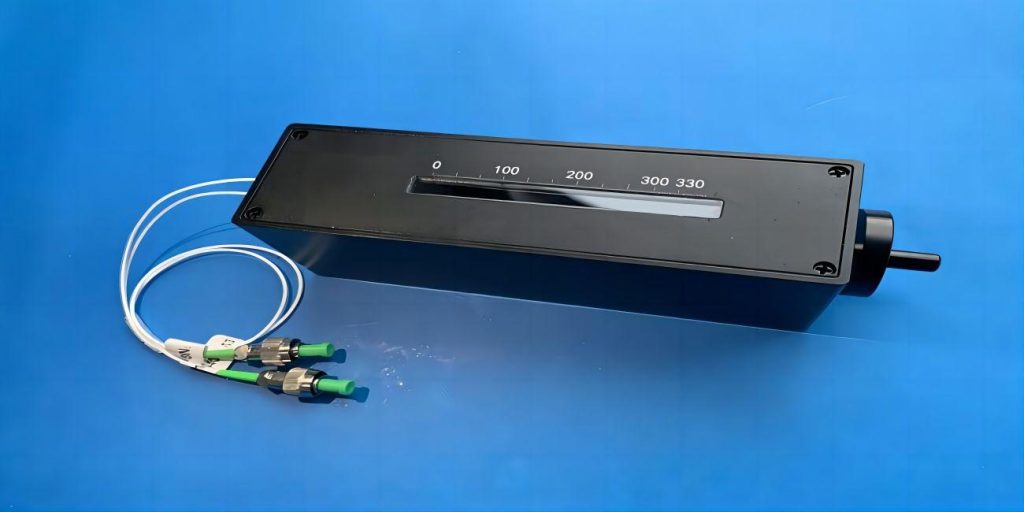
Safeguarding Fiber Optic Delay Lines from Environmental Factors
Fiber optic delay lines play critical roles in a variety of applications, including optical communication systems, radar systems, and pulse-shaping circuits. To ensure their optimal performance and longevity, it is critical to protect them from environmental factors that may impair their functionality. Here are some effective measures for protecting fiber optic delay lines:
1. Temperature Control
- Temperature Compensation Techniques: Use temperature compensation techniques, such as temperature control units, to keep the optical delay line at a consistent temperature. This reduces the effect of temperature fluctuations on the delay time.
2. Mechanical Protection
- Reinforced Fiber: Use armored fiber or other reinforcement measures to increase the fiber’s mechanical strength and resilience. This reduces damage from vibrations and external pressure.
3. Environmental Isolation
- Protective Enclosures: Design the fiber optic delay line installation to include dustproof and waterproof enclosures. Consider using electromagnetic interference (EMI) shielding to protect the fiber from direct environmental influences.
4. Regular Maintenance
- Visual Inspections: Conduct regular physical inspections of the fiber optic delay line to detect and repair any visible damage.
- Fiber Connector Cleaning: Ensure optimal signal transmission by cleaning fiber connectors regularly.
5. High-Quality Materials
- Superior Components: Choose high-quality fibers and associated components. These materials typically have better environmental adaptability and more stable transmission properties.
Conclusion
Understanding the impact of various factors and implementing appropriate measures can help you ensure that your fiber optic delay lines operate reliably and consistently. From proper installation and maintenance practices to the use of temperature control and environmental isolation techniques, protecting these components extends their lifespan and ensures precise time-delay functionality. Following these guidelines will allow you to maximize the potential of fiber optic delay lines in your projects and applications. SMART SCI & TECH has been producing, manufacturing, and selling fiber optic delay lines for many years and can offer customers a wide range of product models. Please get in touch with us for more information.

